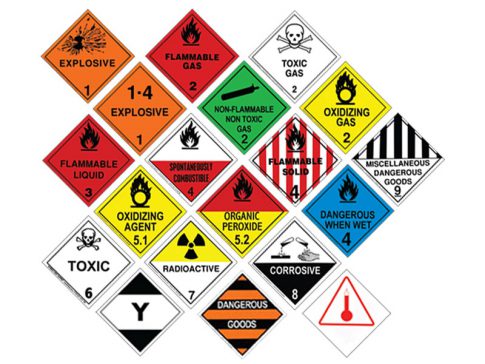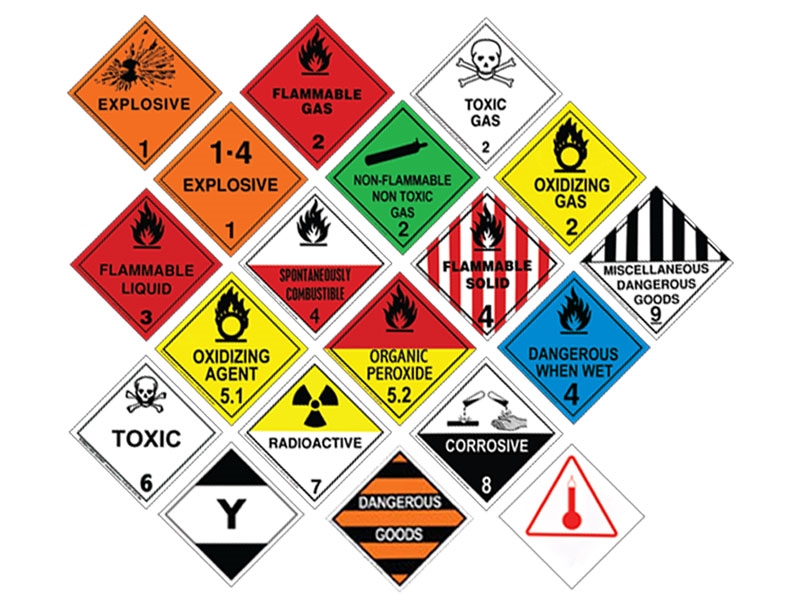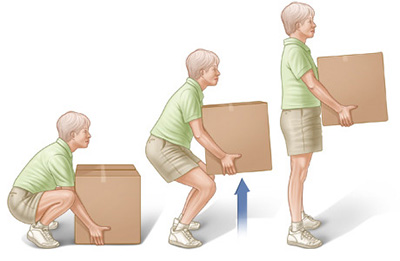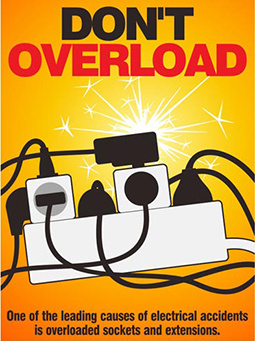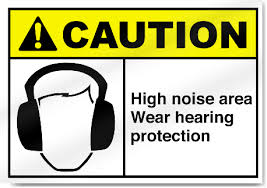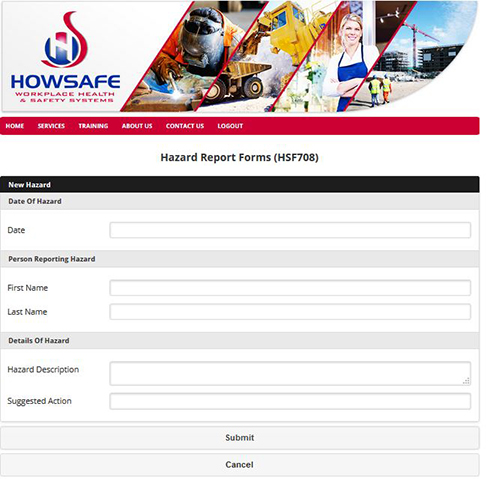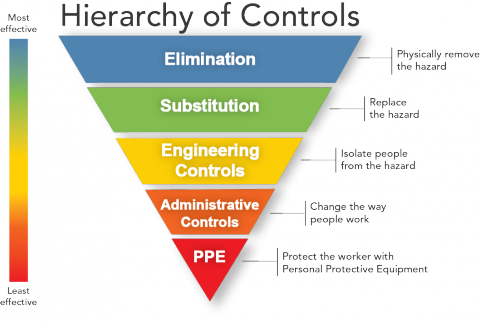An individual’s fitness for work may be affected by a variety of factors including the effects of alcohol or other drugs. These factors can lead to impairment in an individual’s fitness for work and can be a contributing factor in accidents.
This policy provides a framework for dealing with these issues by:
- Eliminating hazards which are a consequence of the actions of individuals not fit for work;
- Providing assistance to workers through a range of preventative, educational and rehabilitative measures to overcome problems that could impair their fitness for work; and
- Ensuring that all workers who are deemed unfit for work are managed in an effective, fair and constructive manner.
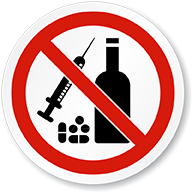
Policy Principles
No person shall be allowed to consume alcohol of any percentage level, nor take any illicit substance during work hours, or be under the influence of any alcohol or illicit substance whilst at work. This includes persons working on $client_name premises, driving a company or client’s vehicle or working on another site on behalf of $client_name. This restriction also applies during all meal breaks.
Duty of Care Obligations
$client_name and all individuals on its sites have duty of care obligations in relevant legislation and under common law.
$client_name is obliged to provide safe work places, safe systems of work and to eliminate hazards in the workplace. Part of this duty of care includes taking reasonable precaution to ensure all individuals on $client_name sites are in a fit state to work.
All workers have a duty not to expose themselves or others to unnecessary health or safety risks. An important part of this duty is to ensure that they are in a fit state to work at the start of and throughout the work period.
Assessment of Fitness for Work
$client_name may, at any time, assess the fitness for work of all individuals on our sites both prior to and during employment or where there is reasonable ground to make an assessment.
Methods that may be used to assess fitness for work include:
- Discussion between immediate managers and individuals at the start of and/or during the work period;
- Medical assessment;
- Alcohol and drug testing;
- Other recognised assessments as appropriate.
Fitness for work assessments may be carried out at the following times:
- As part of pre-employment medical;
- Randomly in the workplace;
- As a requirement following specified workplace incidents or concerns.
Breaches
The following will be regarded as a breach of policy and evidence that an individual is potentially unfit for work:
- Any use of alcohol or other drugs which results in the potential impairment of an individual’s fitness of work;
- Any positive alcohol or other drug test;
- Any refusal or falsification of any alcohol or other drug test;
- Sale or supply of alcohol or other drugs on site or during working hours;
- Consumption or possession of alcohol and/or illegal drugs at work; or
Any breaches of this fitness for work policy will be subject to $client_name’s Disciplinary Policy.
Privacy and Confidentiality
$client_name will limit its concern to legitimate issues and will only become involved when an individual’s behaviour has the potential to interfere with safety in the workplace.
All relevant information will be safeguarded according to requirements for confidential human resource and medical information. Such information will only be provided on a “need to know” basis to ensure safety and confidentiality at $client_name operations.
Managing Fitness for Work Issues
In circumstances where an individual is deemed unfit for work for any reason the following action shall be taken:
- The individual will be immediately withdrawn from the workplace so as not to compromise health and safety.
- Arrangements will be made for the individual to be transported to their place of accommodation.
- The individual will not be permitted to return to work until they are able to demonstrate they are fit for work.
- Appropriate rehabilitation and disciplinary procedures will be determined according to the circumstances.
Alcohol & Drug Testing
Testing may be conducted in accordance with the following guidelines:
- Randomly
- Post Incident Testing .
- Upon Suspicion
Breath alcohol testing will be undertaken by a suitably trained and authorised person from $client_name’s independent specialist safety consultants or an individual appointed by management who has been trained to use the testing equipment.
Saliva and/or urine specimens for drug testing will be taken by a suitably trained and authorised person from $client_name’s independent specialist safety consultants or a suitably trained and appointed company worker. All specimen collection and testing procedures shall be in accordance with as4308:2008 and as4706:2006.
Smoking
Smoking is a proven health risk as well as potential fire risk. Therefore, smoking is prohibited as follows:
- In any building on $client_name’s premises
- In any $client_name vehicle, or any vehicle belong to a $client_name customer
- While operating any machinery
- While handling any chemical or gas cylinder
- In close proximity to any flammable storage (eg. Fuel Tanks, LPG cylinders, etc.)
- In all designated non-smoking areas


